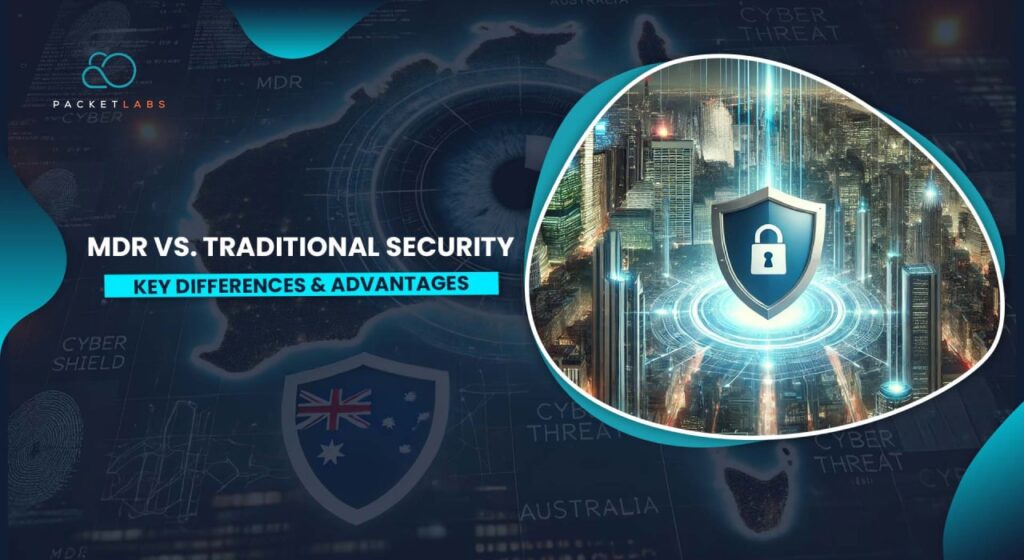
Australia’s digital landscape is increasingly under siege. In 2023 alone, major data breaches at Optus and Medibank compromised the personal information of millions of Australians, highlighting the ever-present vulnerability of our digital infrastructure. This focuses on the underlying security weaknesses.The Australian Cyber Security Centre (ACSC) reported a 13% year-on-year increase in cybercrime reports in 2022-23, translating to a cyber attack occurring roughly every seven minutes.
In this dynamic environment, cybersecurity is no longer a luxury; it’s a critical business imperative. Businesses of all sizes hold valuable data – customer records, financial information, intellectual property and a successful cyberattack can cripple operations, erode customer trust, and incur hefty financial penalties.
Traditional security solutions, like firewalls and antivirus software, have long been the first line of defence. However, the sophistication and relentlessness of cybercriminals necessitate a more proactive approach. This emphasizes MDR as a solution to the limitations of traditional security. MDR offers continuous monitoring, advanced threat detection, and rapid incident response, providing businesses with a robust shield against the evolving cyber threat landscape.
This article delves into the key differences and advantages of MDR compared to traditional security solutions. We will explore how MDR can empower Australian businesses to stay ahead of cyber threats and protect their valuable assets.
Traditional Security Solutions
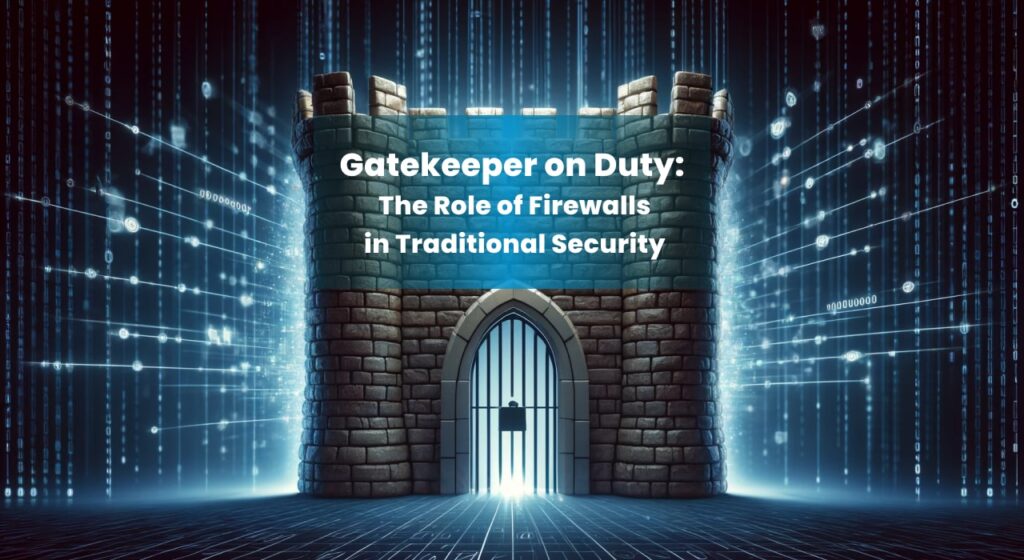
For decades, businesses have relied on a traditional security arsenal to defend their digital perimeters. These solutions act as the first line of defence, employing various tools to deter and identify threats. Firewalls, for instance, function as gatekeepers, meticulously inspecting incoming and outgoing network traffic, permitting only authorized exchanges. Antivirus software shields systems by constantly scanning for and neutralizing malicious code known to compromise devices. Intrusion Detection Systems (IDS) actively monitor network activity for suspicious patterns, attempting to flag potential breaches in real-time.
While these solutions offer a valuable security layer, their limitations become increasingly apparent in today’s complex threat landscape. Primarily, traditional security adopts a reactive approach. It excels at identifying and blocking pre-defined threats but struggles to adapt to constantly evolving cyberattacks. Emerging malware, zero-day exploits, and sophisticated social engineering tactics often bypass these defences undetected.
Furthermore, managing traditional security solutions in-house can be resource-intensive. IT teams require ongoing training to maintain and update a multitude of tools, demanding significant time and expertise. This burden is particularly acute for Australian businesses facing a well-documented cybersecurity skills shortage.
Traditional security solutions may also lack the advanced threat detection capabilities needed to identify nuanced attacks. While they excel at flagging known malicious signatures, they often struggle to detect novel threats or those cleverly disguised as legitimate activity.
| Security Solution | Functionality |
|---|---|
| Firewall | Controls incoming and outgoing network traffic |
| Antivirus Software | Scans for and neutralizes malicious code |
| Intrusion Detection System (IDS) | Monitors network activity for suspicious patterns |
| Data Loss Prevention (DLP) | Prevents sensitive data from unauthorized disclosure |
Managed Detection and Response (MDR) Services
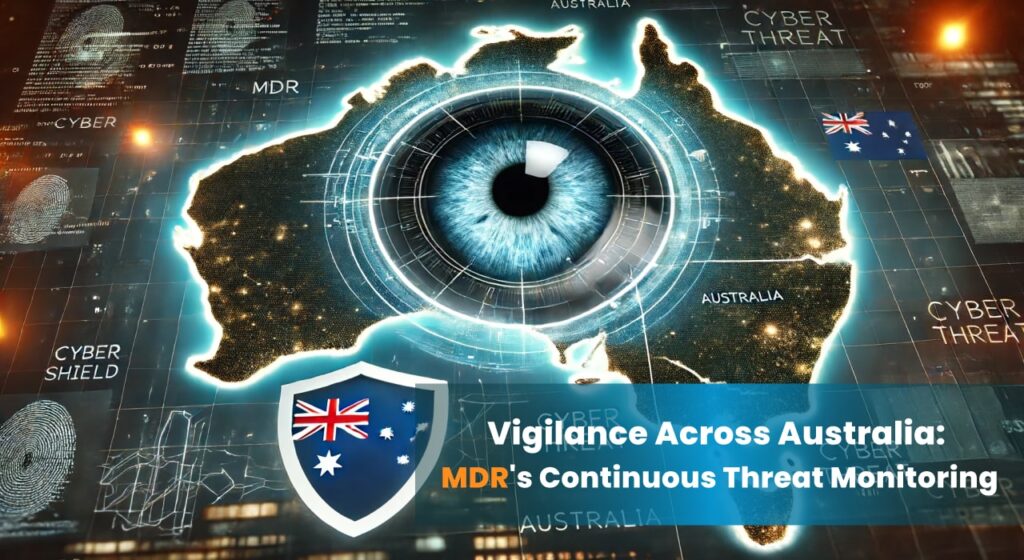
In contrast to the reactive nature of traditional security, Managed Detection and Response (MDR) services offer a proactive approach to cybersecurity. MDR acts as a virtual extension of an organization’s security team, providing continuous monitoring, threat detection, and response capabilities. Here’s a breakdown of MDR’s key features:
- Proactive Threat Hunting and Detection: MDR goes beyond simply blocking known threats. Security specialists actively hunt for hidden vulnerabilities and suspicious activity within an organization’s network. This proactive approach helps identify and neutralize emerging threats before they can cause significant damage.
- 24/7 Monitoring and Analysis by Security Experts: MDR providers maintain dedicated Security Operations Centers (SOCs) staffed by security professionals with extensive experience in threat detection and incident response. These experts continuously monitor an organization’s network activity, analyzing security logs and events for signs of malicious activity, even outside regular business hours.
- Advanced Threat Detection with Cutting-Edge Tools: MDR leverages sophisticated tools like machine learning (ML) and Security Information and Event Management (SIEM) to analyze vast amounts of security data. ML algorithms can identify subtle patterns and anomalies that might evade traditional rule-based detection methods. SIEM technology aggregates data from various security sources, providing a holistic view of an organization’s security posture and facilitating faster threat identification.
- Rapid Incident Response and Remediation: Speed is of the essence in cybersecurity. Upon detecting a potential threat, MDR providers initiate a swift incident response process. This includes containment measures to isolate the threat, investigation to determine its scope and potential impact, and remediation actions to neutralize the threat and restore normalcy.
- Threat Intelligence Integration: MDR services incorporate threat intelligence feeds, constantly updated with the latest information on emerging cyber threats and vulnerabilities. This real-time threat awareness enables MDR providers to adapt their detection methods and proactively defend against the ever-evolving threat landscape.
Benefits of MDR for Australian Businesses
For Australian businesses facing a complex cyber threat landscape and a cybersecurity skills shortage, MDR offers a multitude of benefits:
- Cost-Effective: Building and maintaining a robust in-house SOC can be a significant financial burden for many Australian organizations. MDR provides access to advanced security expertise and technology at a predictable cost, making it a cost-effective solution for businesses of all sizes.
- Access to Specialized Expertise: MDR providers employ highly skilled security professionals with deep knowledge of threat detection, incident response, and security best practices. Australian businesses can leverage this expertise without the need to recruit and retain their own security teams.
- Improved Security Posture and Faster Response Times: MDR’s proactive threat hunting, 24/7 monitoring, and rapid response capabilities significantly enhance an organization’s overall security posture. MDR providers can identify and neutralize threats faster, minimizing potential damage and downtime.
Key Differences Between MDR and Traditional Security
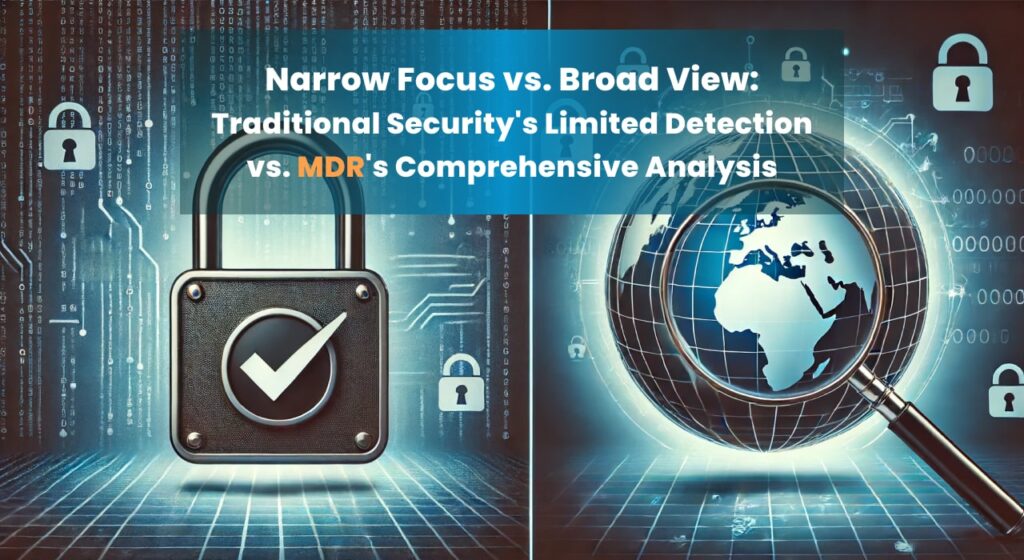
While both MDR and traditional security solutions aim to safeguard an organization’s digital assets, their approaches and capabilities differ significantly. The following table summarizes the critical differences between MDR and traditional security:
| Feature | MDR | Traditional Security |
|---|---|---|
| Approach | Proactive threat hunting and detection | Reactive - focuses on blocking known threats |
| Threat Detection Capabilities | Advanced tools (ML, SIEM) for comprehensive analysis | Relies on signature-based detection, may miss novel threats |
| Response Times | Rapid response with dedicated teams | Slower response times due to in-house resource limitations |
| Expertise Required | Access to specialized security professionals | Requires in-house security expertise or reliance on external consultants |
| Cost | Predictable subscription model | Can be expensive to build and maintain an in-house SOC |
These differences have significant implications for Australian businesses navigating a complex cyber threat landscape. Traditional security, while offering a baseline level of protection, struggles to keep pace with sophisticated attacks. MDR, on the other hand, provides a proactive and comprehensive security posture, enabling faster threat detection and response. This is particularly valuable for Australian organizations facing a cybersecurity skills shortage, as MDR offers access to specialized expertise without the need for extensive in-house recruitment.
Advantages of MDR over Traditional Security
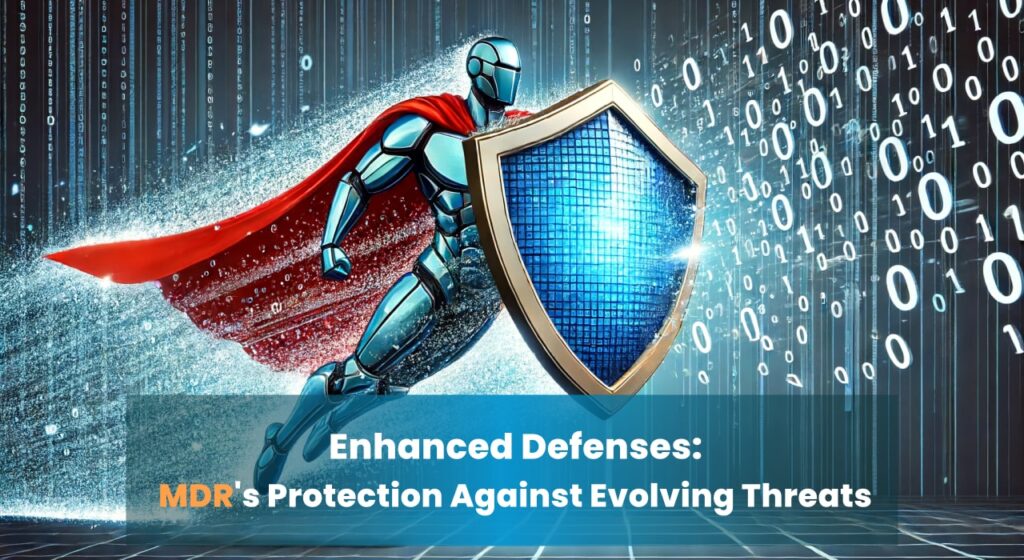
MDR offers a compelling value proposition for Australian businesses seeking to bolster their cybersecurity defenses. Here are some key advantages of MDR compared to traditional security solutions:
Enhanced Threat Detection and Prevention: MDR goes beyond signature-based detection, leveraging advanced threat intelligence and machine learning algorithms to identify novel and evolving threats. This proactive approach allows MDR providers to neutralize threats before they can inflict significant damage, minimizing potential financial losses and reputational harm.
Faster Response Times and Reduced Downtime: MDR’s 24/7 monitoring and dedicated security teams ensure rapid response to security incidents. This minimizes the window of opportunity for cybercriminals to exploit vulnerabilities and expedites the restoration of normal operations, reducing business disruption and associated costs.
Cost-Effectiveness for Businesses of All Sizes: Building and maintaining a robust in-house SOC requires significant investment in personnel, technology, and ongoing training. MDR offers a cost-effective alternative, providing access to advanced security expertise and technology at a predictable subscription fee. This makes MDR an attractive option for businesses of all sizes, particularly those with limited cybersecurity resources.
Improved Security Posture and Compliance: MDR’s comprehensive approach to security strengthens an organization’s overall security posture. Continuous monitoring, threat hunting, and response capabilities significantly reduce the attack surface and the likelihood of successful cyberattacks. Additionally, MDR can help businesses achieve compliance with industry regulations and data security standards.
Scalability and Flexibility: MDR services are designed to scale with an organization’s evolving security needs. Businesses can adjust their MDR plan to accommodate changing security requirements without significant upfront investments in infrastructure or personnel. This flexibility ensures ongoing protection as an organization’s security posture matures.
In conclusion, the Australian cyber threat landscape is constantly evolving, demanding a proactive approach to security. While traditional security solutions offer a baseline level of protection, they struggle to keep pace with sophisticated attacks. Managed Detection and Response (MDR) services offer a compelling alternative, providing continuous threat monitoring, advanced detection capabilities, and rapid response.
The choice between MDR and traditional security depends on an organization’s specific needs and risk profile. Businesses with limited security resources or a high tolerance for cyber risk may benefit significantly from MDR’s comprehensive approach. As the threat landscape continues to evolve, we can expect a growing role for artificial intelligence (AI) in cybersecurity. AI-powered threat detection and response capabilities will likely become an even more critical component of robust security strategies.
